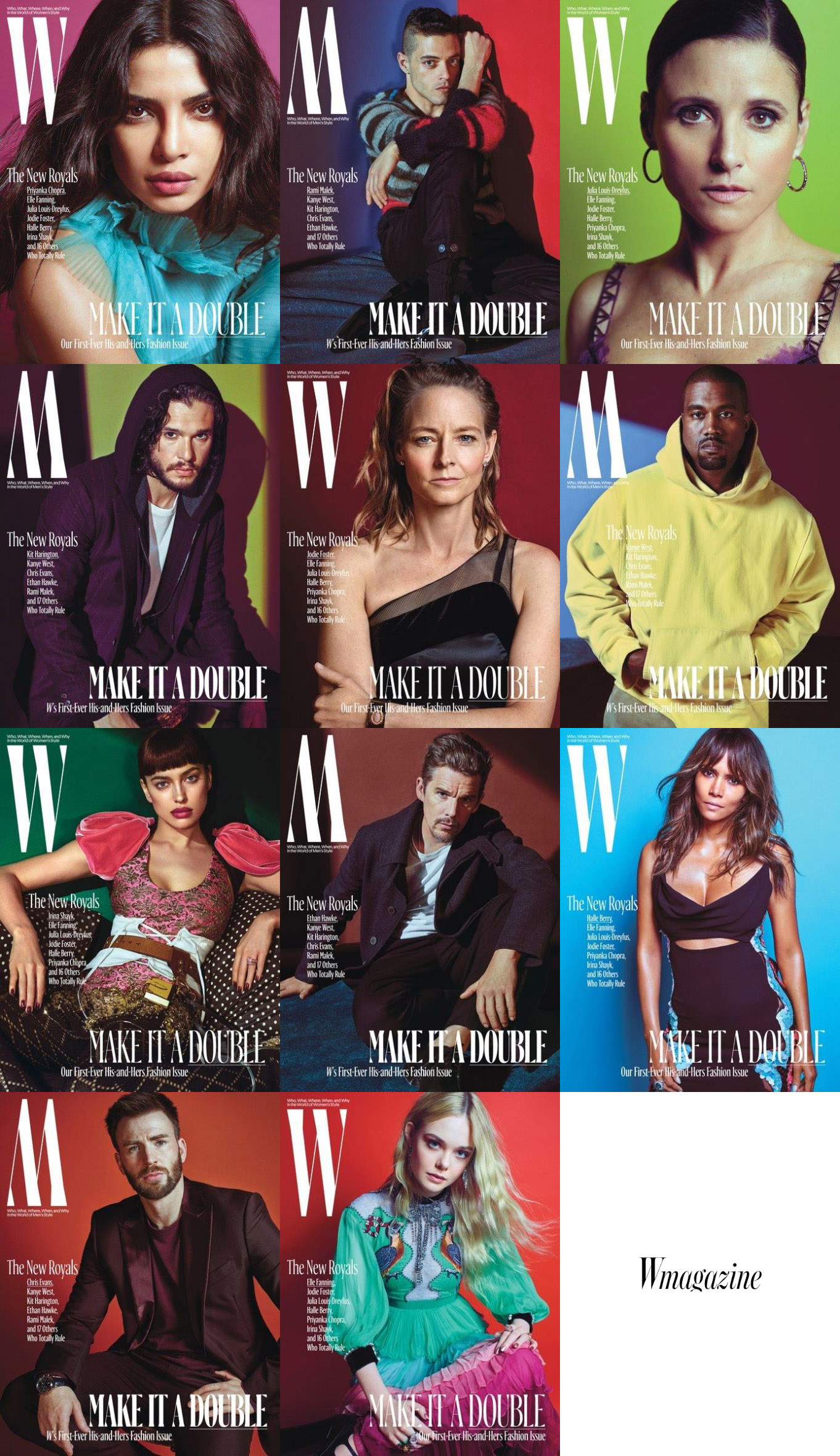 It’s got two sides, 11 covers and four-panel folds throughout, and it’s driving ad revenue like crazy. How W is pushing the boundaries on the traditional print fashion magazine.
It’s got two sides, 11 covers and four-panel folds throughout, and it’s driving ad revenue like crazy. How W is pushing the boundaries on the traditional print fashion magazine.
So long September and your voluptuous fall fashion issues; October is the break-out month for one fashion title taking a bold and innovative risk.
“For October 2016, W magazine made it a double,” writes Becky Peterson in Folio:. She explains that the Condé Nast fashion glossy, already known for innovative content, produced a double-sided his-and-hers October issue than encourages readers to fold, bend and create their own reading experience.
“The result is a viscerally amusing (and sometimes confusing) double feature with multiple four-paneled editorial pieces, and a poster-sized back cover dedicated to Burberry,” she notes.
The second bit of genius was to print the magazine with 11 different covers, a move which is driving an uptick in sales from current subscribers looking to collect each version.
Publisher Lucy Kriz explains the idea behind the move, considered bold even for a magazine knows for being ahead of the curve.
“In a world where there is an abundance of content, standing out is more important than ever, and that applies not only to publishers, but to advertisers as well,” Kriz told Folio:.
“Our advertisers want to be surrounded by content that readers seek out, collect, and continue to reference and engage with for months and years after its publication. The aura of collectability that we’ve built around W as a brand extends to the advertisers that are part of each issue,” she continues.
She’s right about that. The ad revenue for this issue is up 15%.
“With the October issue, we leveraged W’s format both to foster deeper relationships with our existing advertisers and to drive new business,” Kriz continued. “We saw growth from our key luxury partners – in addition to Burberry, there is advertising from Dior, Prada, Gucci, Ferragamo, and Cadillac, among others, across both the women’s and men’s sides of the magazine. Approximately 35 percent of business came from advertising targeting men.”
It’s another fantastic example of a publisher understanding their role as a partner to their advertisers and creating the perfect environment for those ads to find deep engagement and long exposure. This is the luxurious future of successful print publishing, and W keeps unfolding new ways to get it right.
